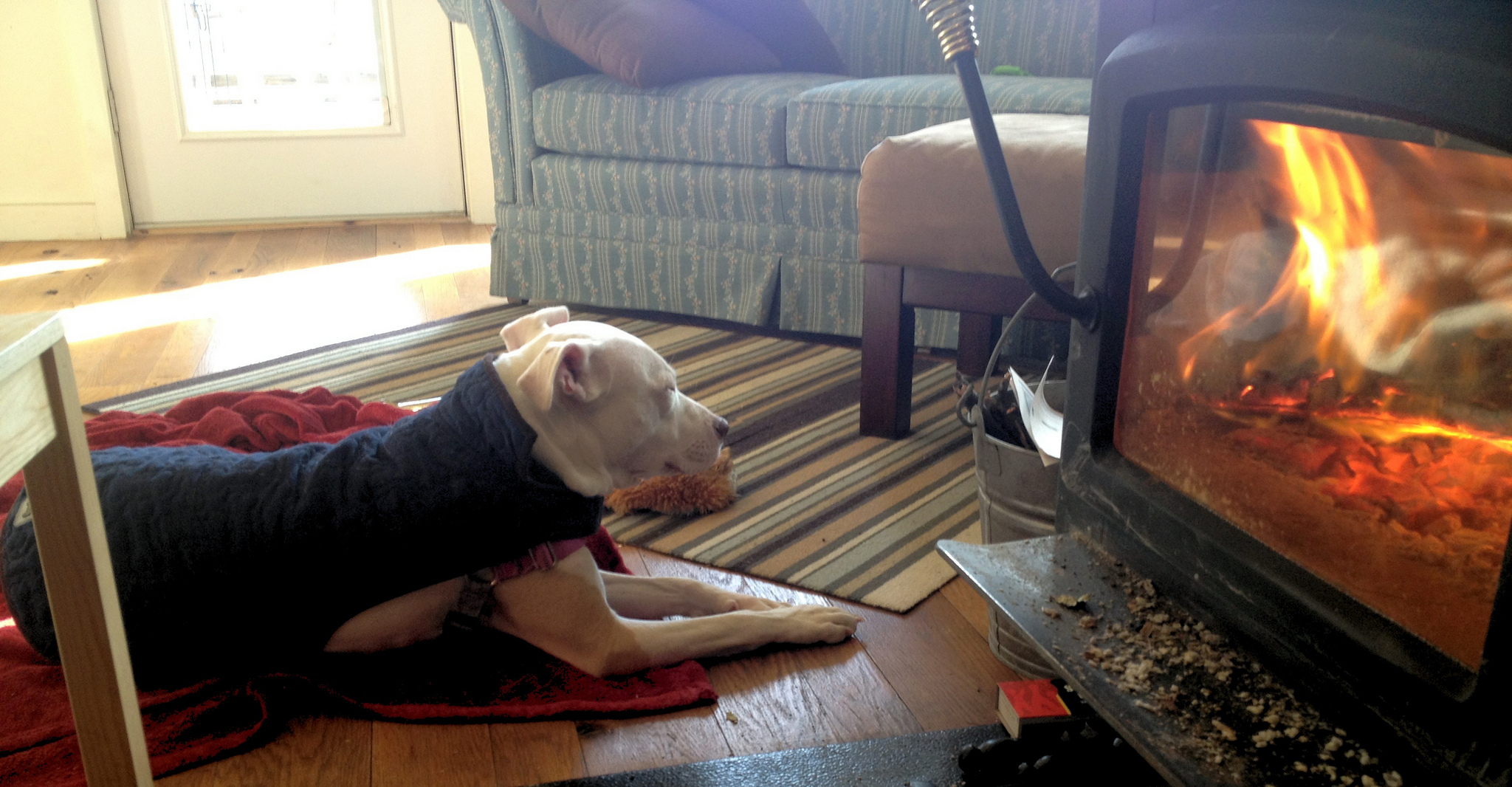|
Getting your Trinity Audio player ready...
|
![Emergency Preparedness and Safety for Families [Part 2] [Video] emergency](https://thenewsschool.com/wp-content/uploads/2018/12/Emergency-Preparedness-and-Safety-for-Families-Part-2-650x338.jpg)
In an emergency having an alternative source for producing electricity is a great option. A generator is the best choice for heating a room, keeping food cold, heating food, and keeping a full charge on cell phones.
When choosing a heating source it is vital to know how they work, their safeness, and practicality.
How to Choose a Portable Generator for Use During an Emergency
Several factors go into selecting the right generator. One must determine the size needed, the run-time, outlets, portability, and the cord set.
Deciding the Size Needed
To figure out what size generator is to figure out how much wattage is needed to keep everything running during an emergency. Brigg & Stratton manufacturing explains the necessary steps:
- Select the items where power is needed.
- List the running watts and the additional starting watt requirements for each item. The owner’s manual has these numbers. However, if the manual is missing, the manufacturer might have it online. Otherwise, call the manufacturer for complete details.
- After adding the running watts of all items, the size of the generator can be determined. It must produce at least the total running wattage.
- Select the one item with the highest number of additional starting watts. Use this number and add it to the total running wattage. This number determines the starting watts needed for the generator.
In other words, the generator must be able to handle the running wattage and the starting wattage in order to run the needed to keep electric items on during an emergency.
Run-Time Needed
Secondly, is the unit’s run-time. Look for a generator with a long run-time at half-load, for example, if the unit is 4,000 watts then the half-load would be 2,000. If the generator runs 10 hours at half-load that will allow a full night’s sleep without having to refuel. Rest is important during an emergency as it helps one cope more easily with stress.
Outlets and Cord Sets
Third, would be the outlets needed. Select on with enough of the correct type(s) needed. If planning to run a high wattage item during an emergency, like an electric space heater, look for a generator with a 30amp locking-type outlet.
Fourth is the generator’s portability. Since they can be heavy, one with folding handles and wheels will make it easier to move the generator in and out of the storage area.
Lastly, the cord set, which is needed to reduce the number of extension cords running from the generator to the items needing power. A heavy duty cord set will have four standard outlets at the end of one cord.
Choosing a Safe Heating Source for Use During an Emergency
According to the National Fire Protection Association (NFPA), space heaters account for 43 percent of fires from heating sources in the United States. The Environmental Protection Agency (EPA) estimates wood stoves cause approximately 4,000 fires a year. Overall, in 2011, heating equipment was responsible for an estimated 53,600 home fires, 400 civilian deaths, and 1,520 injuries in household fires.
Therefore, understanding how to safely use space heaters, wood stoves, and fireplaces will reduce the chance of a fire. “Space heaters can be effective tools for providing added warmth to a home, but it’s critical that people follow basic precautions to ensure they are used safely,” said Lorraine Carli, vice president of NFPA’s Outreach and Advocacy division.
Home Heating Safety Tips and Recommendations
- Maintain a 3-foot “kid-free” zone around portable heaters, woodstoves, and fireplaces.
- Have heating equipment and chimneys cleaned and inspected every year by a qualified professional.
- Always use the correct type of fuel, specified by the manufacturer, for fuel-burning space heaters.
- Make sure the fireplace has a sturdy screen to stop sparks from flying into the room. Ashes should be cool before putting them in a metal container. Keep the container a safe distance from the house.
- Install wood burning stoves following manufacturer’s instructions or have a professional do the installation. All fuel-burning equipment should be vented to the outside to avoid carbon monoxide (CO) poisoning.
- Install and maintain CO alarms to avoid the risk of CO poisoning.
- If a gas smell seems to be coming from the gas heater, do not light the appliance. Leave the home immediately and call the local fire department.
- Never use an oven to heat a home.
Remember to keep children and pets away from space heaters at all times. Moreover, portable heating sources should never be left unattended. When leaving a room, turn off the unit and upon retiring for the night it is time to turn them off.
Why Portable Kerosene Heaters Would Not Be Safe Durning a Cold-Weather Emergency
Portable kerosene heaters, even those designed for indoor use, require adequate ventilation. The National Ag Safety Database tells readers to keep an exterior door or window open to reduce the buildup of fumes.
Their site also lists a significant number of advisories, the top four are:
- Use only water-clear 1-K grade kerosene.
- 1-K grade kerosene should be purchased from a dealer who can certify that what is being sold is 1-K.
Use only containers designated for kerosene, which are usually blue, whereas, gasoline is red. - Short term or one-time use of kerosene is unlikely to result in long-term effects. Dizziness, headache, and vomiting are the side-effects of breathing larges quantities if the vapors.
- Longterm or repeated exposure could result in eczema, an itchy inflammation of the skin.
When heating a home, it is important to remember to keep all units clean and is in working order. It is equally important to remember the safety advisories supplied by the manufacturer.
Keep in mind that winter, December-February, is the time of the year with the highest number of home heating fires. Twenty-seven percent of fires occur between 4-8:00 p.m. Between 8:00 p.m. and midnight the average number of fires is 20 percent. Only 18 percent occur between midnight and 8:00 a.m.
Stay safe, warm, and alive during an emergency. For more information on Emergency Preparedness and Safety for Families, see parts 1 and 3.
Written by Cathy Milne-Ware
Sources:
Briggs & Stratton: Choosing a Portable Generator
EPA: Burn Wise; Wood Smoke Awareness Kit
NFPA: Space heaters account for 43 percent of U.S. home heating fires and 85 percent of associated deaths
UK Health Protection Agency: Compendium of Chemical Hazards: Kerosene (Fuel Oil)
Featured and Top Image Courtesy of Steven Johnson’s Flickr Page – Creative Commons License



